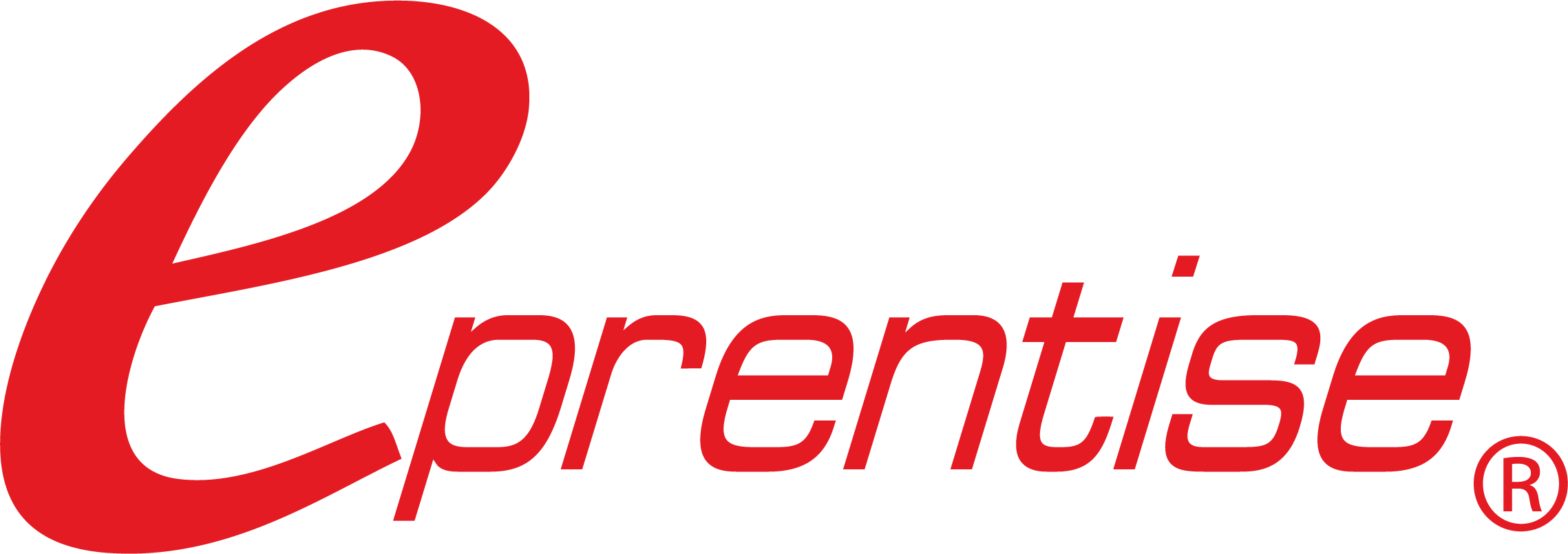Deciding what information to share and what information to keep private is one of the most critical decisions companies face when they decide to sell part of the company. Sharing too much information allows competitors to identify advantages to use against the parent company. Keeping irrelevant information may result in unnecessary costs, such as excess storage, maintenance, and disaster-recovery charge.
A growing number of boardrooms are facing the problematic question of what information to share.
According to Ernst & Young’s Global Corporate Divestment Study 2019, the intent to divest remains at record levels — 84% of companies plan to divest within the next two years, consistent with 2018’s record of 87%. Furthermore, 81% say streamlining operating models will factor into their divestment plans over the next 12 months. Divestiture, or selling off a part of the company, can be a healthy strategy for pruning under-performing divisions, responding to changes in the marketplace, allowing a company to focus on different markets, or just because cash is needed for new initiatives. Some of corporate America’s most well-known names are in the midst of divestitures, getting rid of assets that are considered “noncore” and refocusing their resources. While divestitures can provide many benefits, executives must plan what information to share under stressful conditions. They are expected to sustain growth and retain existing customers while reducing the impact of organizational change.
Disposing of unwanted divisions or products is complicated. Deciding how to handle information during a divestiture is not unlike splitting the assets of a marriage during a divorce. Not only is the parent company affected, but acquiring companies are as well. Very often the divested company is sold to a competitor. Providing historical information for the part of the company to be divested may increase the selling price, but may provide information that you don’t want your competitors to have. Some information, such as customer lists, is considered low risk. Competitors likely know already whom major customers patronize. And realistically, by the time a divestiture is announced, it’s likely that some key data may already be in the hands of departing employees, or already part of the buyer’s information. Of greater concern are trade secrets, trend analyses, prices, discounts, cost of goods sold and contract terms with suppliers. If exposed, this information could give competitors an advantage and should be kept private, if possible. Public and private companies have different obligation.
Due to the complexity of accurately managing changes to such large relational databases, technology has entered the picture as a substitute for a large piece of the painful consulting work and is playing an increasingly larger role by helping to automate the process, reducing time and expense. Planning ahead is essential; experts recommend starting at least three to four months prior to the separation and regularly communicating the impact of changes to all business units. With so much at stake, wise executives will take careful steps to decide what information to disclose and what to keep private, and then use technology to automate the separation once the decision is made.






